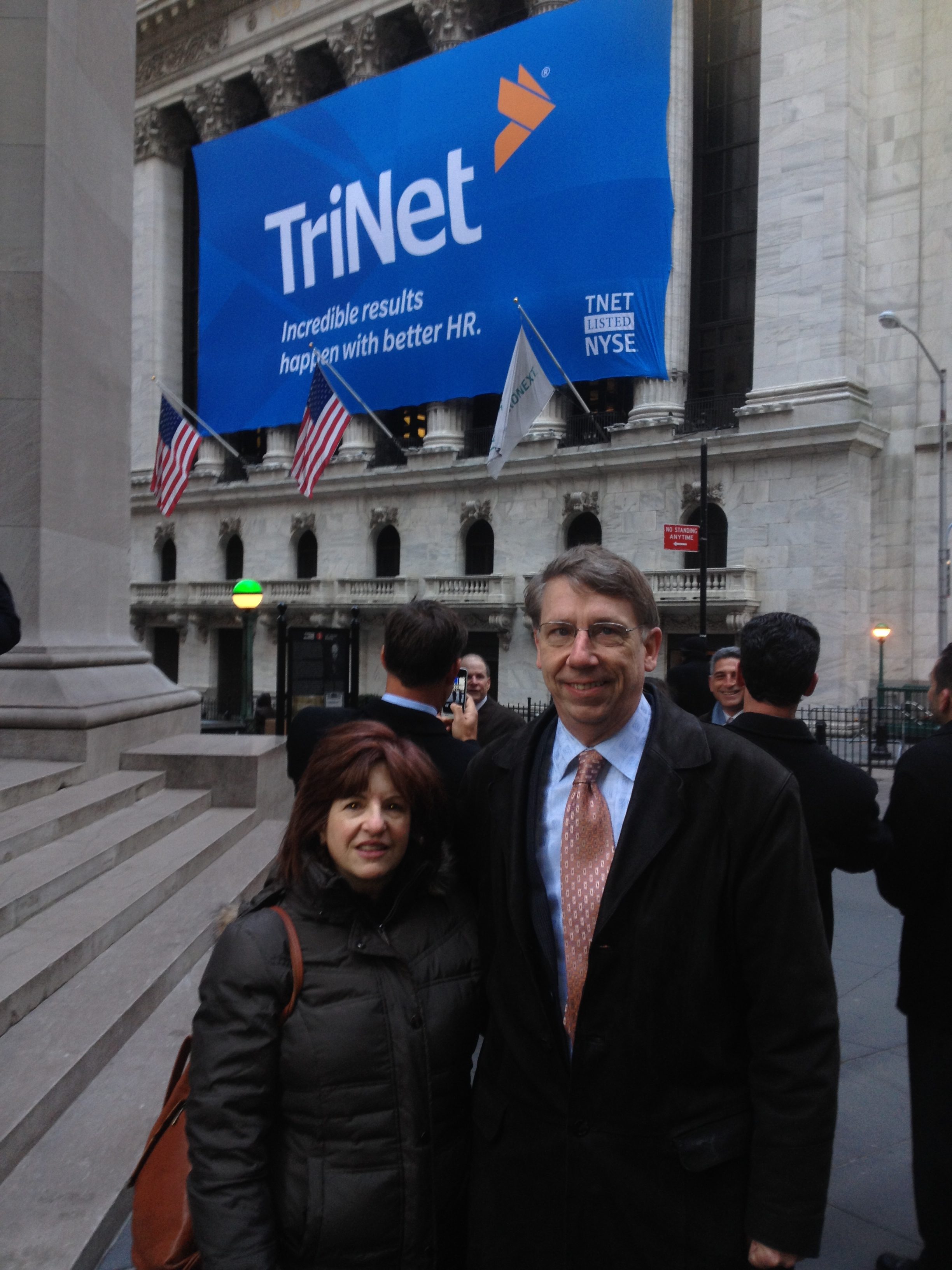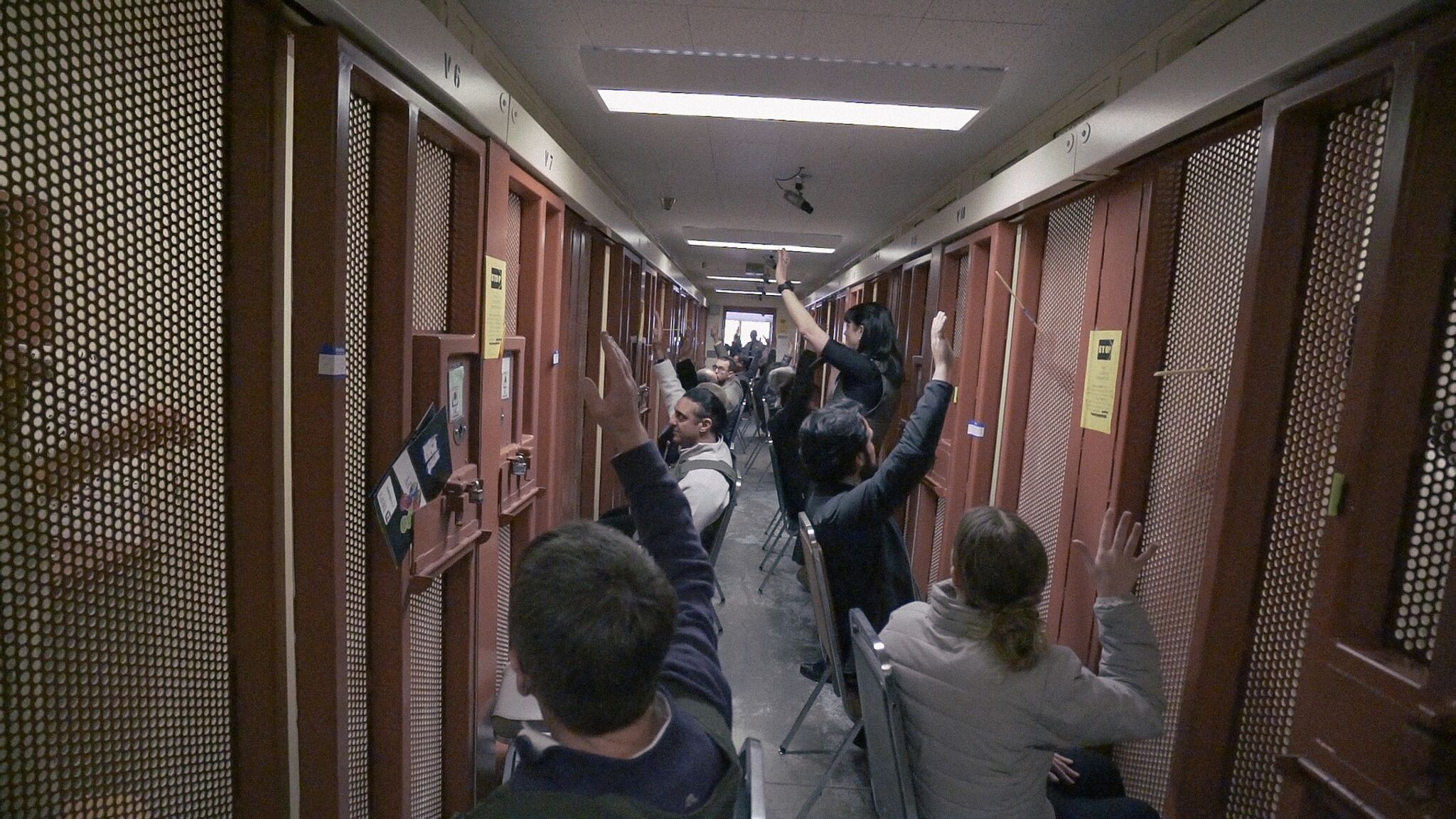
2020 has been a year of surprises and adjustments for everyone on the planet.
Since March, I’ve been blessed with staying healthy and surrounded by our entire family. But challenges across each of my company and non-profit organizations put me back into a more urgent work mode than I’ve been at any time since stepping down as TriNet’s CEO 12 years ago.
While my recent posts targeted entrepreneurs and company leaders navigating Covid challenges using Wartime Leadership, I’ve been putting lots of energy towards finishing off More Good Jobs – a project in the works for almost three years.
People who know me through non-profit Upstate Venture Connect are familiar with the story.
What started in 2010 with a goal of helping nudge a new direction for the Upstate NY regional economy, has gradually (and sometimes painstakingly) evolved towards building and connecting local tribes to embrace cultural elements more commonly found powering metro areas with an abundance of emerging tech company startups.
More Good Jobs is both the story behind that journey and a playbook I hope will help leaders look to for a menu of options to consider if they are ready to join or jumpstart change in their own community.
With the book launching October 20th, much of my writing for the rest of the year will be devoted to themes coming out of More Good Jobs. I’ve set up MoreGoodJobs.org to house dedicated content and also build a MGJ Community for people wanting to engage with others interested in developing entrepreneurial ecosystem.
What follows is an excerpt from my introduction in the book. That introduction continues on the MoreGoodJobs.org site – so if the story is of interest, I’ll hope you click on over there to check it out and perhaps request a free chapter as well as add any comments and share with your friends.
* * * * * * * * * * * * * * * * * * * * * * *
Introduction
I am the product of two valleys.
I was born and raised in Upstate New York’s Mohawk Valley. As many in my area do, after college I left to pursue my dreams elsewhere. Unlike many others, I ended up boomeranging back home twenty-five years later.
The Mohawk Valley is placed within a larger region that is an undisputed talent factory, attracting students globally to attend our world-renowned colleges and universities. The Commission of Independent Colleges and Universities reports that New York has more students traveling in from other areas to attend college than any other state. As a whole, the one-hundred-plus Upstate NY colleges enroll almost a half-million students, including tens of thousands of STEM students, making it one of the largest STEM cohorts of any geographic region in the country.
There’s a flip side: we wave goodbye to far too many of our next generation leaving Upstate New York after graduating college as they search for better opportunities elsewhere.
Silicon Valley is my other world, the place where I landed in the late 1980s due to my job transfer. I arrived with no advance plan or relationships, and after two years of a frustrating search for a new job, I decided to leave my setting of secure employment to start what I hoped would become a successful small business in the then-unheard-of category of human resource outsourcing.
What followed was a roller-coaster story of Silicon Valley challenge and opportunity. A ride that I am still on today as a board member of my company, TriNet, a New York Stock Exchange–traded company with annual revenues of about $4 billion.
In the twenty years I served as TriNet’s founding CEO, our principal target market was emerging technology companies and supporting ecosystem players who invested in or served these high-growth organizations. Since TriNet provides the full range of human capital management to help these firms grow, I had an insider’s view into how innovation economy companies get started and grow, initially in Silicon Valley and, over time, in all the major tech innovation hubs in the United States.
I first began to pay attention to the contrast between my two valleys as my wife and I traveled back home with our children to visit our extended families. Over a decade of these trips, our priorities evolved around the setting we felt would be best for raising our three children. It was during the summer of 1999—while TriNet was on the cusp of seeking an initial public offering (IPO) at the very height of the dot-com boom—that we made the life-altering decision to relocate back to my hometown of Little Falls, New York.
The plan was for me to cross-country commute for eighteen to twenty-four months before passing the CEO baton to another person. But the dot-com collapse thwarted that scenario. TriNet’s planned IPO was aborted post roadshow on pricing day, in October 2000, and my commute ground on for a full ten years as we rebuilt the company following a painful series of layoffs.
Living a bicoastal existence with long commute times (and no direct flights from Upstate to the West Coast!) spurred lots of reflection on the contrasts between my two valleys. It was over this decade, commuting between these two worlds, that I observed the stark reality of the similarities and differences between them.
Both regions produced incredible numbers of talented young people. And yet Silicon Valley was thriving with a magnetic pull for retaining and attracting these young people from elsewhere, while my Mohawk Valley seemed to be moving backward by exporting them.
Logging more than a million miles in cross-country flights during this period prompted lots of reflection on why this gap was so vast, even when discounted for obvious differences of population density and current industry clusters. The business community across Upstate New York seemed to be rallying against the high taxes and unfriendly business regulations, claiming that smaller government would fix our problems. But as I looked around the country, this didn’t feel right. California certainly wasn’t known for its business-friendly regulation or low taxes. Neither was Boston or New York City. It seemed there needed to be a better reason for this divide I was experiencing.
I thought back to my own experience. What if I had decided to start TriNet while living someplace other than the San Francisco Bay Area? How would it have turned out? Did we owe some portion of our company’s success to the unique environment that Silicon Valley had to offer.
Click Here to continue the Introduction story on MoreGoodJobs.org






